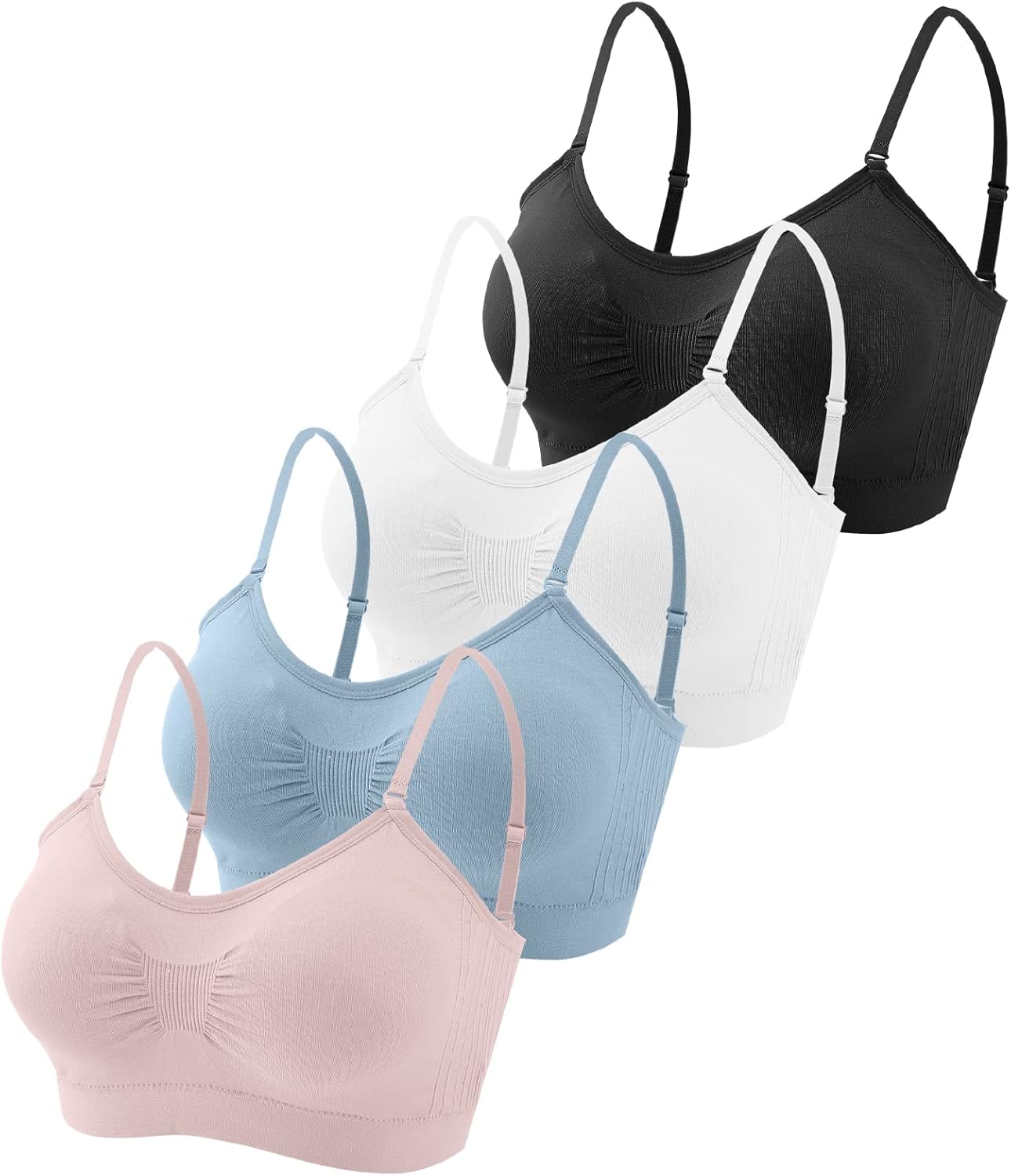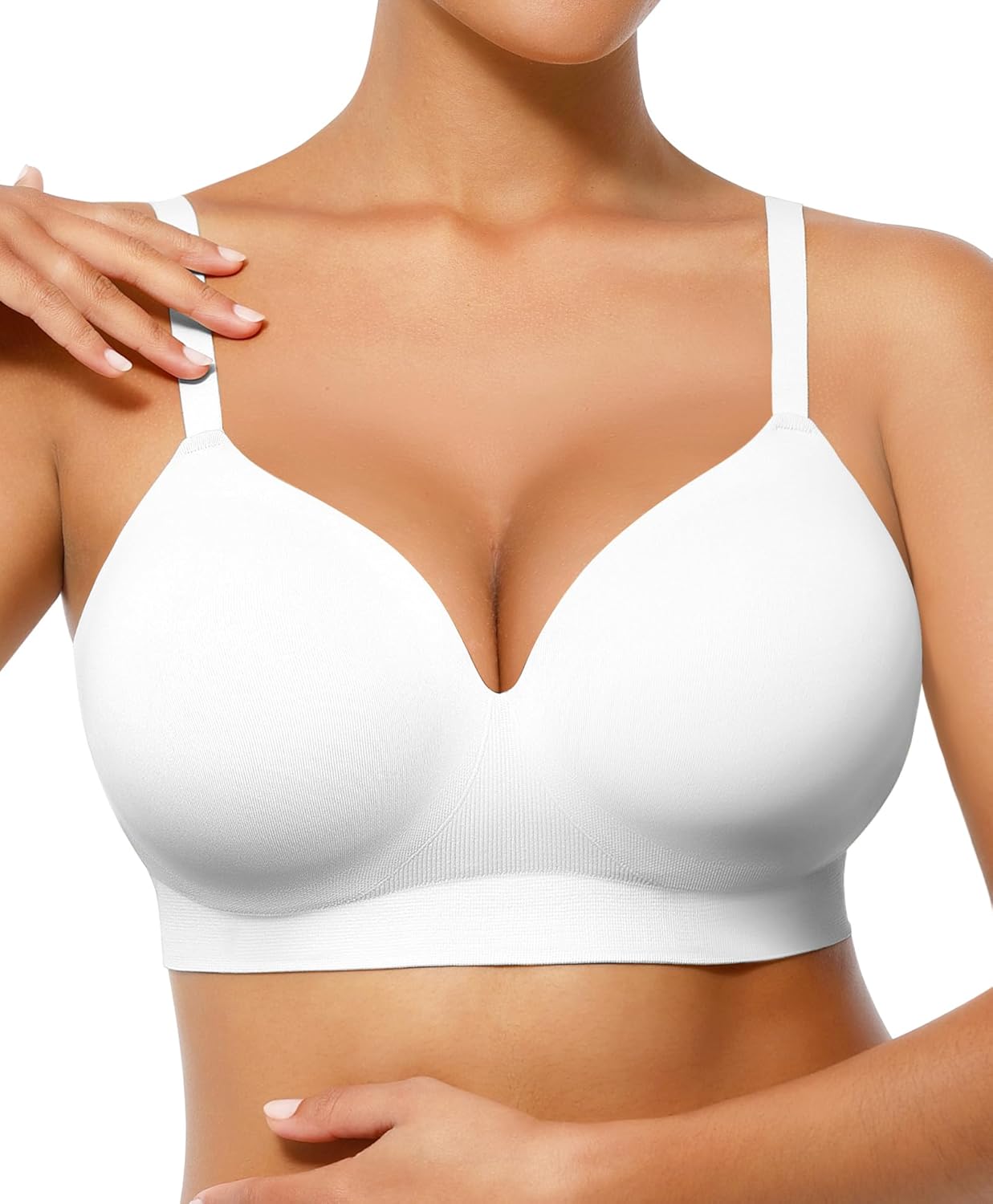Breast Health Myths vs. Facts: What Science Tells Us
Misinformation about breast health abounds online and in popular culture. This article examines common myths about breast tissue and contrasts them with scientific evidence to help women make informed decisions about breast care.
Myth #1: Bras Cause Breast Cancer
The Claim: Wearing bras, especially underwire styles, blocks lymphatic drainage and causes toxin accumulation in breast tissue, leading to cancer.
The Science: Multiple large-scale studies, including a 2014 study of over 1,500 women published in Cancer Epidemiology, Biomarkers & Prevention, found no association between bra-wearing habits and breast cancer risk. The lymphatic system is not significantly impaired by properly fitted bras.
Myth #2: Breast Size Determines Cancer Risk
The Claim: Women with larger breasts have higher breast cancer risk.
The Science: Breast size alone is not a risk factor for breast cancer. However, body mass index (BMI) and breast density are associated with risk. Women with higher BMI often have larger breasts, and post-menopausal obesity is a known risk factor. Breast density (the proportion of glandular and connective tissue relative to fat) is more significant than size in determining risk.
Myth #3: Antiperspirants Cause Breast Cancer
The Claim: Aluminum-based compounds and other chemicals in antiperspirants are absorbed through the skin, especially after shaving, causing cell mutations that lead to breast cancer.
The Science: Comprehensive reviews, including a systematic analysis published in Critical Reviews in Toxicology, have found no credible evidence linking antiperspirant use to breast cancer. The American Cancer Society states that there is no conclusive evidence supporting this claim.
Myth #4: Specific Foods Can Change Breast Size
The Claim: Certain foods, herbs, or supplements can significantly increase or decrease breast size through their effects on hormones.
The Science: Breast size is determined primarily by genetics, overall body composition, and normal hormonal fluctuations. While extreme weight changes can affect breast size due to changes in fat tissue, no specific foods have been scientifically proven to target breast tissue specifically or significantly alter breast size independent of overall body composition.
Myth #5: Wearing a Bra to Bed Prevents Sagging
The Claim: Sleeping in a supportive bra keeps breasts from sagging over time.
The Science: Breast sagging (ptosis) is primarily caused by aging, pregnancy, higher body mass index, larger pre-pregnancy breast size, and smoking—not by the absence of nighttime support. Connective tissues called Cooper's ligaments and skin elasticity are the main structural supports for breast tissue, and their changes over time are largely determined by genetics and hormonal factors.
Myth #6: Breast Self-Exams are the Best Early Detection Method
The Claim: Monthly breast self-exams are essential for detecting early breast cancer.
The Science: While breast awareness is important, systematic reviews have shown that structured monthly self-exams do not reduce breast cancer mortality and may increase unnecessary biopsies. Current guidelines from most major health organizations emphasize "breast awareness" (knowing what's normal for your breasts) rather than formal self-examination techniques. Mammography remains the most evidence-based screening tool.
Myth #7: Small Breasts Produce Less Milk for Breastfeeding
The Claim: Women with smaller breasts produce less milk and may not be able to breastfeed successfully.
The Science: Milk production capability is not related to breast size. Smaller breasts may contain less fatty tissue but have the same amount of milk-producing glandular tissue as larger breasts. The American Academy of Pediatrics confirms that breast size does not determine milk production capacity or breastfeeding success.
Myth #8: Breast Cancer Only Affects Older Women
The Claim: Young women don't need to worry about breast health until middle age.
The Science: While breast cancer risk does increase with age, about 11% of all breast cancer cases in the U.S. occur in women under 45. Certain genetic factors (like BRCA mutations) significantly increase risk for younger women. Breast awareness is important at all ages, and concerning changes should be evaluated regardless of age.
Understanding the facts about breast health helps women make informed decisions based on science rather than myths or marketing claims.




